Forging ahead: Thomas Heatherwick updates us on the Garden Bridge
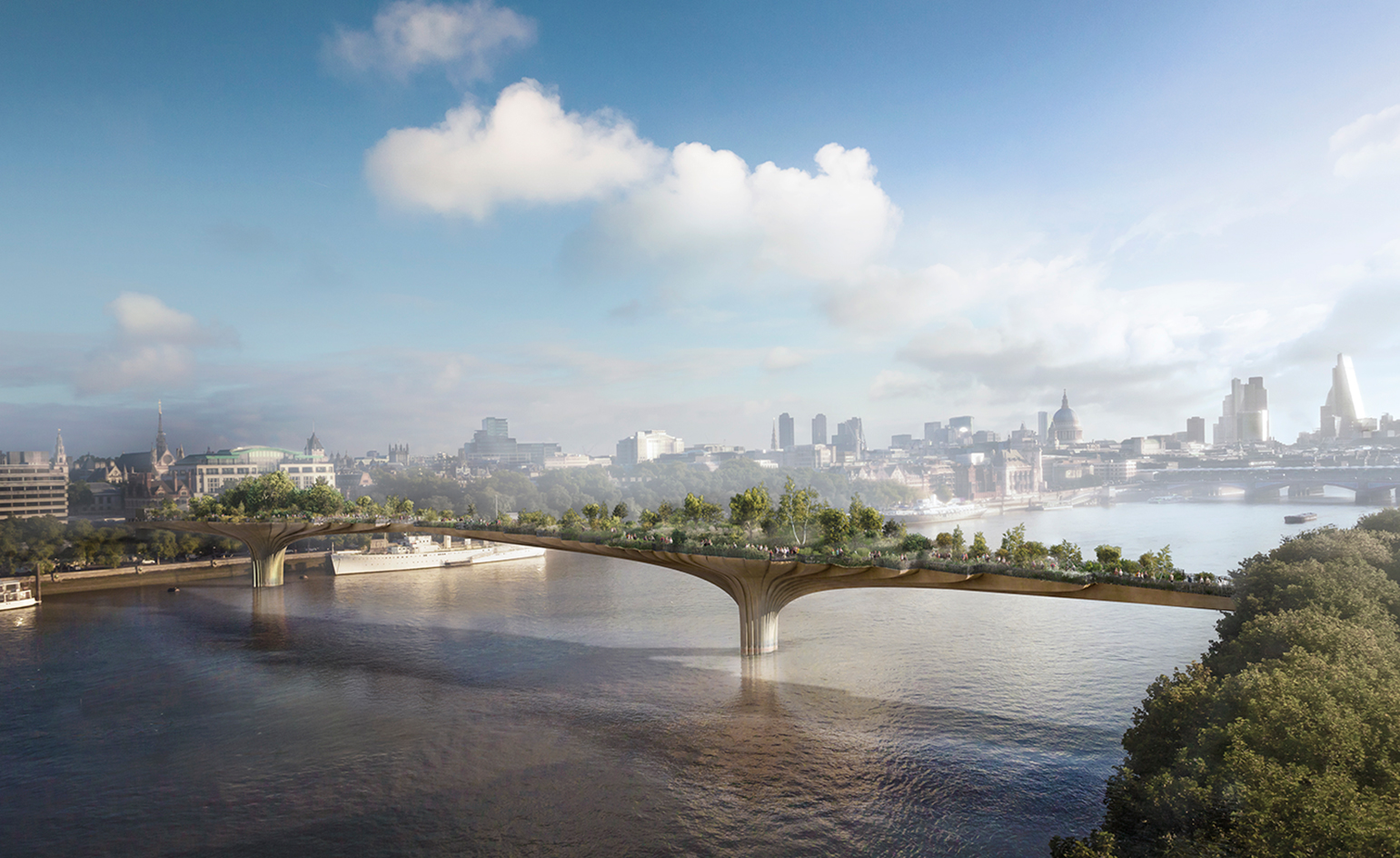
The swirling grey waters of the Thames are about to be disrupted for the first time in over a decade. This Spring, work begins on two piers between Waterloo Bridge and Blackfriars Bridge, the foundations for the newest and perhaps boldest Thames crossing to date. We spoke to the Garden Bridge's designer, Thomas Heatherwick, about the current state of the project.
'It's at a very exciting stage,' says the designer from his Kings Cross studio. 'We've completed the first full-size mock up section at the factory outside Venice. Now we can inspect the welds and shadow gaps and see how everything meets up.' The first section is a part of a mighty metal jigsaw, forged from roll-bonded copper-nickel, a hard-wearing material suggested by the Arups, the consulting engineers on the project. 'The South Bank is known for concrete, and the north bank for brick and stone,' Heatherwick explains, 'the bridge had to be agnostic. But it's also a harsh context in a salty river with a 6-7m tide.'
The brief called for a structure that's elegant but tough. 'We need a substantial amount of concrete inside to withstand a ship hitting a pier, for example, but we felt raw concrete was just too harsh,' Heatherwick says. Metal was felt to be a complementary solution, but regular shipbuilding steel would have to be regularly repainted. 'That's a big maintenance liability, so a metal that doesn't need painting seemed obvious,' he says, 'stainless steel was a candidate, but it has a cold colouration. Copper-nickel is used in making oilrigs and ship's propellers - it's a bronze-like alloy that doesn't go dark, but it still has a warmth. It's important that the bridge is beautiful from the underside as well as the side. We want something that can take the bashing of the decades with a patina that emerges.'
As the supports fan out from the river to the bank they will taper away to a slender section in the middle, where the planting will be lowest and the views will be best. 'It's really just two planters, their foundations sprouting from the river bed,' the designer explains, 'placed in the only two places the Thames Harbour Master would allow. In a way they're like two ships. They'll be brought by sea from Venice up to Tilbury and then floated down the Thames into place, where they'll be attached to the foundations and then filled with concrete.' On top of the 366m span will go 2500 square metres of planting area, the essential layer that will sustain the garden above, at depths of between 40cm and 2 feet (the High Line, in comparison, has a maximum depth of 45cm).
Heatherwick is adamant that the new structure is a garden first and foremost. 'We're designing it for Dan Pearson's planting,' he explains, 'the hero of a garden bridge is the garden, not the bridge. My studio's job is to hold up the garden.' Pearson has been on board since the beginning and will bring his romantic, wild but structured style to the new garden. 'We felt strongly about the naturalistic dimension,' says Heatherwick, 'there are plenty of formal gardens in London, but this one is intensely naturalistic. People misunderstand it - it's not like a park. Everything has been about having a horticultural element.'
Over the years the planting will evolve, as well as change over the seasons, with the tallest trees eventually topping out at around 15m high. 'We want it to frame London, not create a giant leylandii hedge,' says Heatherwick. As well as the shape and construction of the structure itself, his studio has been closely involved with Arups in planning the four different circulation routes across the bridge, which will be used by an estimated 9,000 commuters a day. 'It's a transformational experience to cross the bridge,' he enthuses, 'your experience will depend on your route, the season and the maturity of the garden. It should be different every time you cross it. I think it will be sensational.'
If the court of public opinion held sway over city planning, it would be a miracle if anything were built in London at all. So far, criticism of the £175m project has focused on the apparent creation of a great slab of corporate space over the Thames, to the possible exclusion of the general public, as well as high profile broadsides against the need for a new bridge at all, particularly in this spot. Heatherwick acknowledges the bridge is largely privately funded, but stresses that the Garden Bridge Trust 'doesn't want it to have an agenda… it's not a royal project or commemorating anything. It's not being branded or named.' Instead, it's a structure engineered for a lifespan of a millennium, designed to evolve and change over the decades. 'It's a platform for Londoners,' he says, 'the project is about the human scale. It's a link, but it's also a place to meet and the best place to see London from.' In 2018, we'll have a chance to discover it for ourselves.
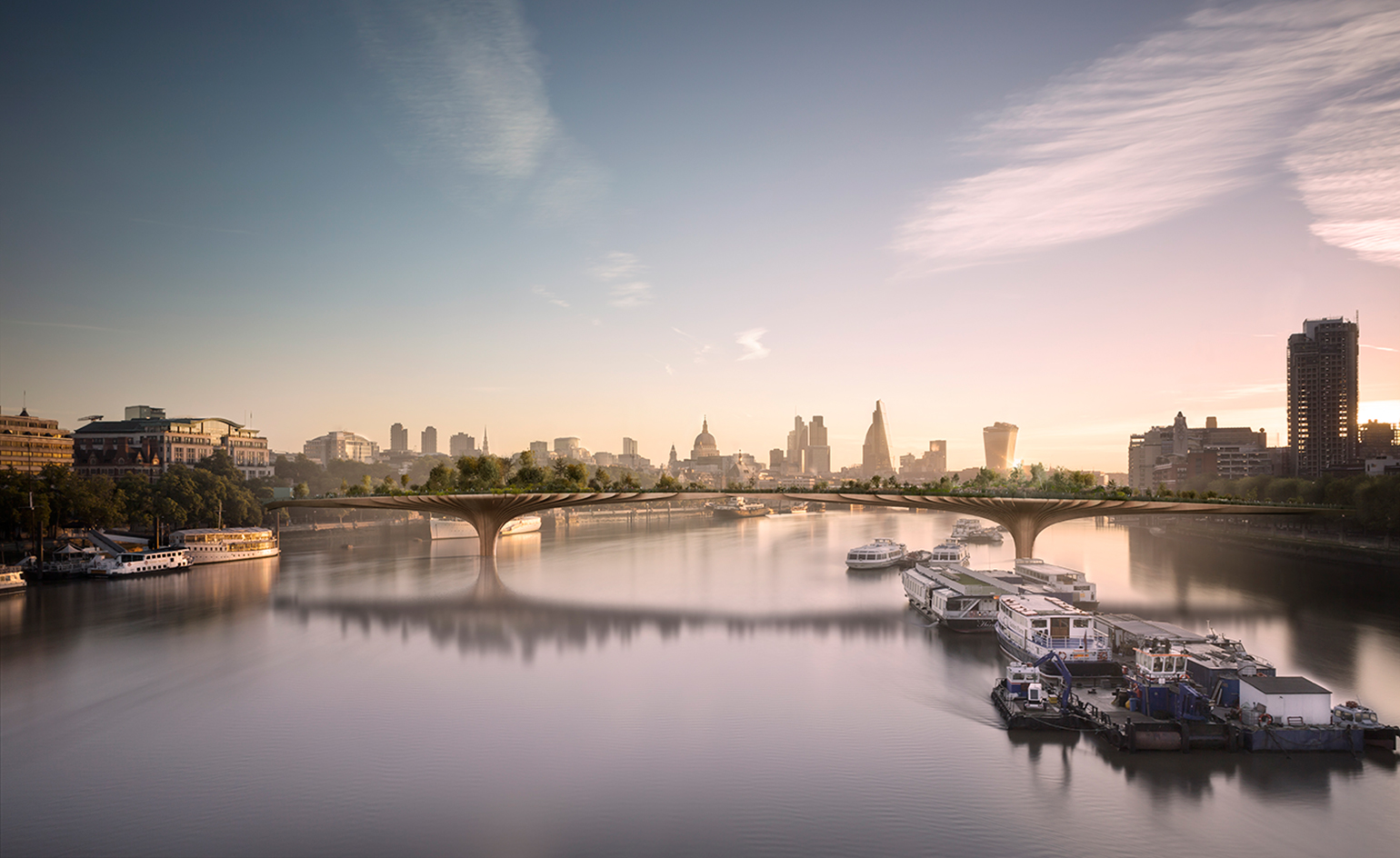
The bridge will be elegant, but tough, and a garden first and foremost, explains Heatherwick.
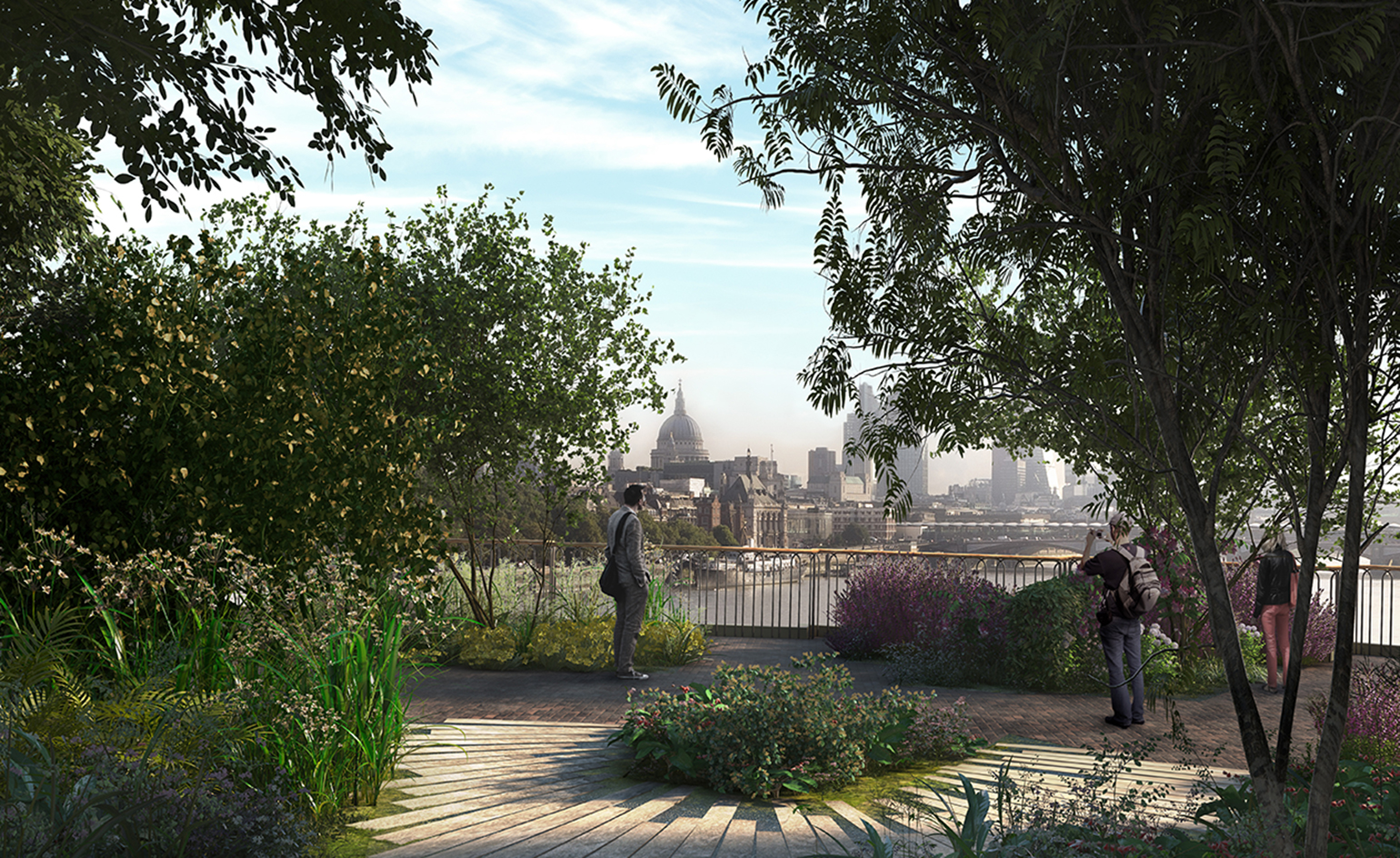
The abundant green elements are created together with Dan Pearson. The garden designer has been on board with the scheme since its beginnings.

The structure will be forged from roll-bonded copper-nickel, a hard-wearing material suggested
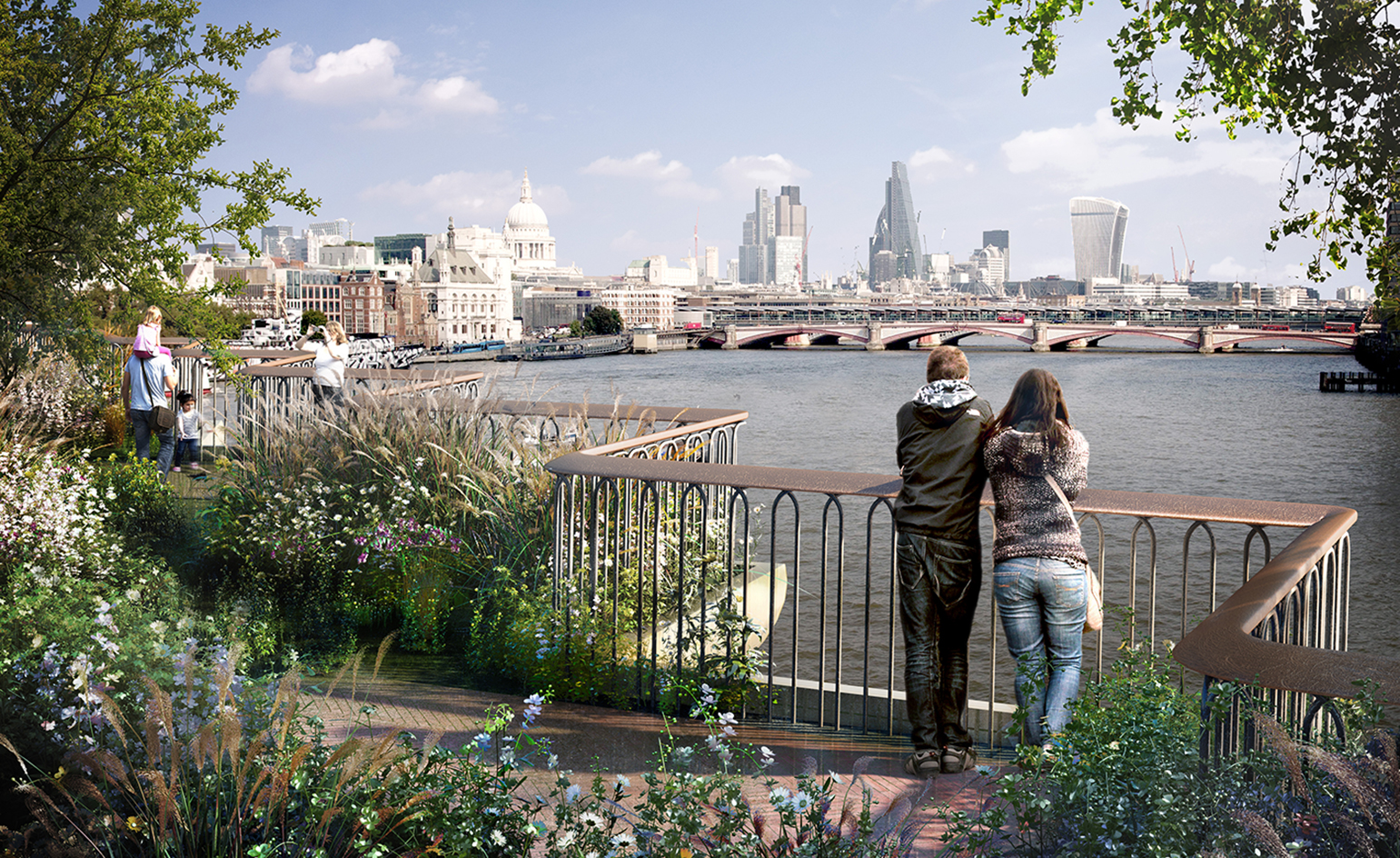
The leafy bridge will be treated more like a garden - with strong horticultural elements - than a park.
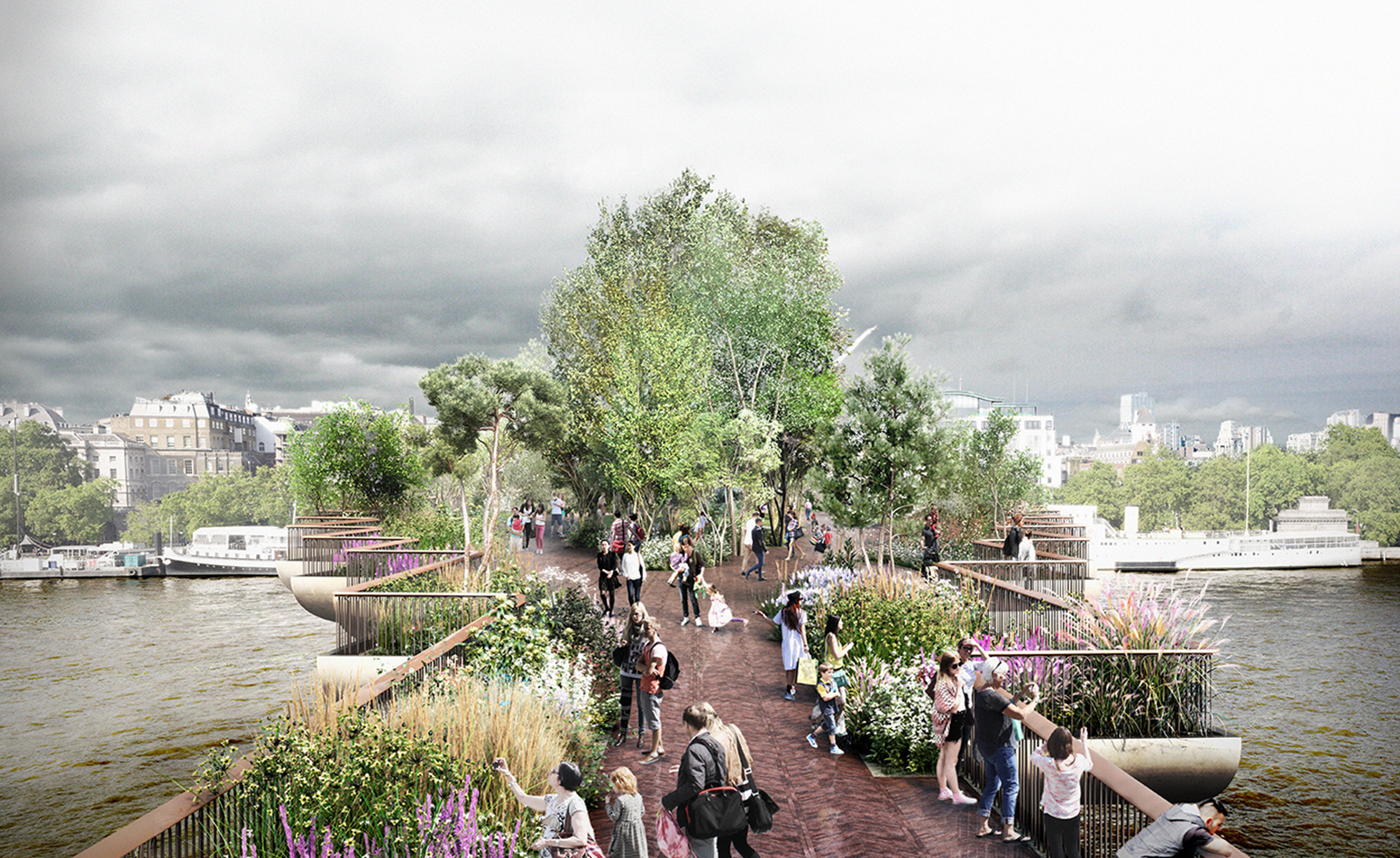
While construction will begin in 2016, the bridge is not expected to complete before 2018.
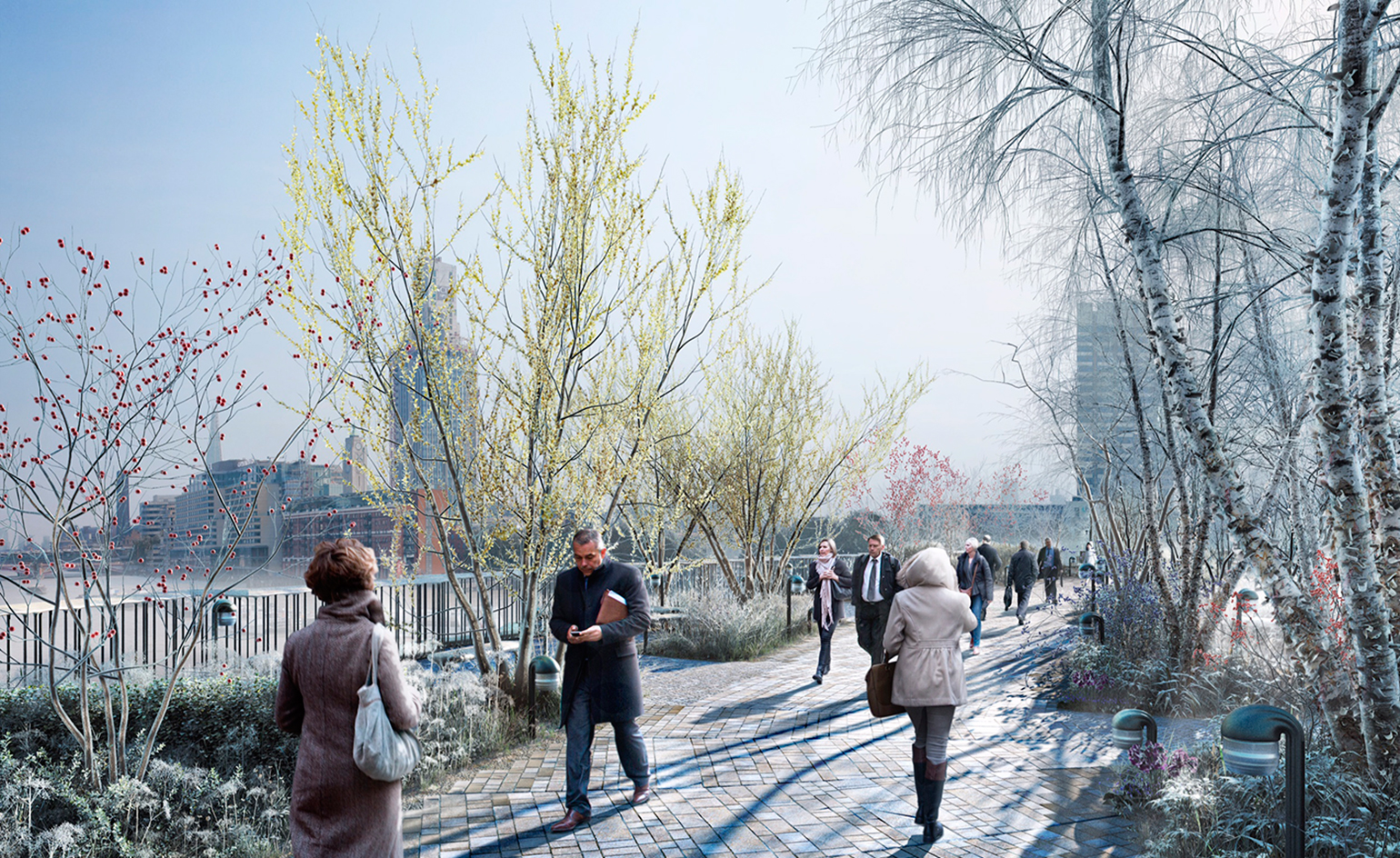
Heatherwick envisions this bridge as a 'platform for Londoners', a place to meet and see London from.
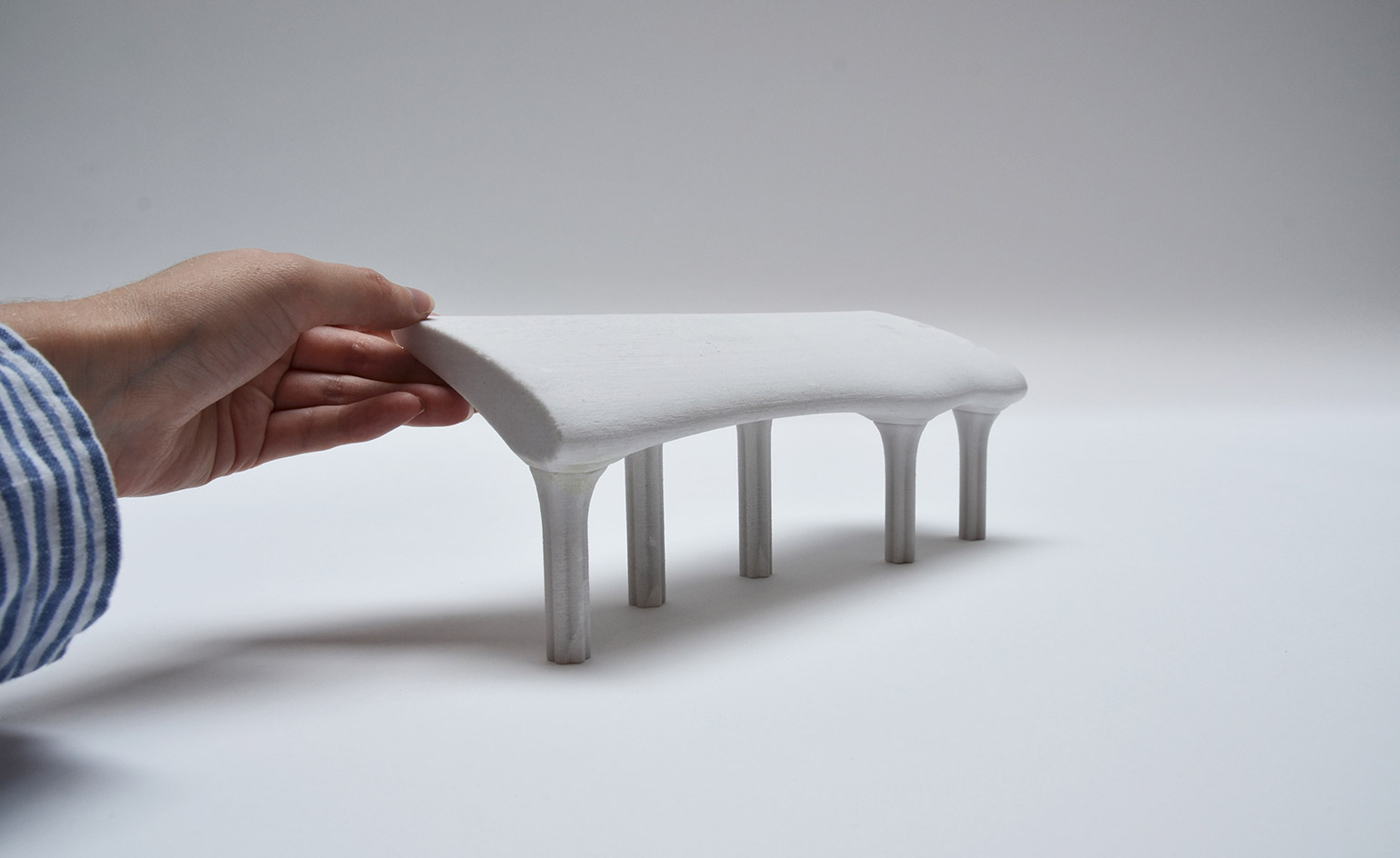
The Heatherwick team worked extensively with 3D prints at the studio to prototype and test a range of details of the bridge, including the balustrade.
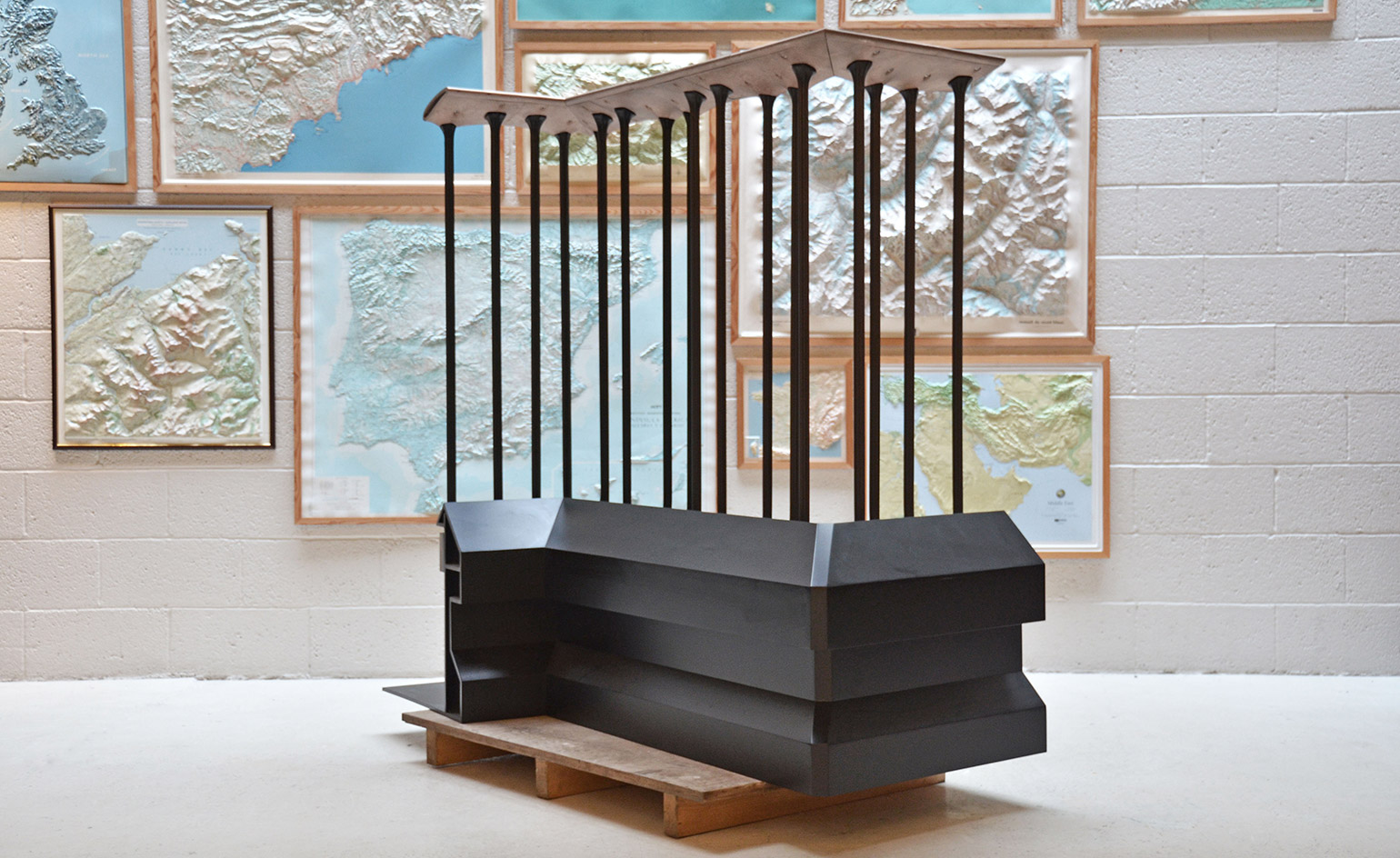
The balustrade also exists as a full scale, 1:1 mock up at the designer's London studio.
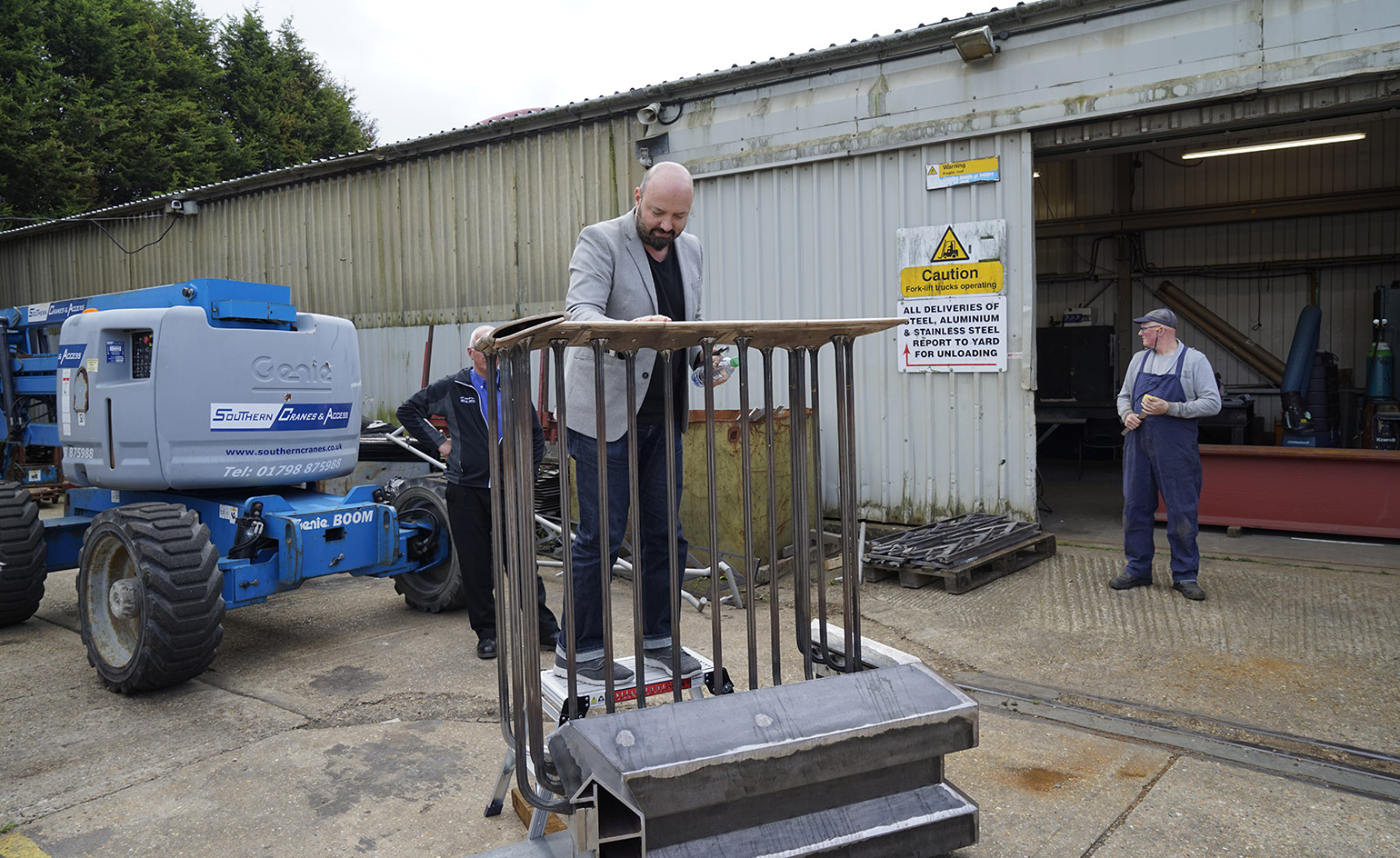
Earlier this year, the team visited both Littlehampton Welding (pictured here)....
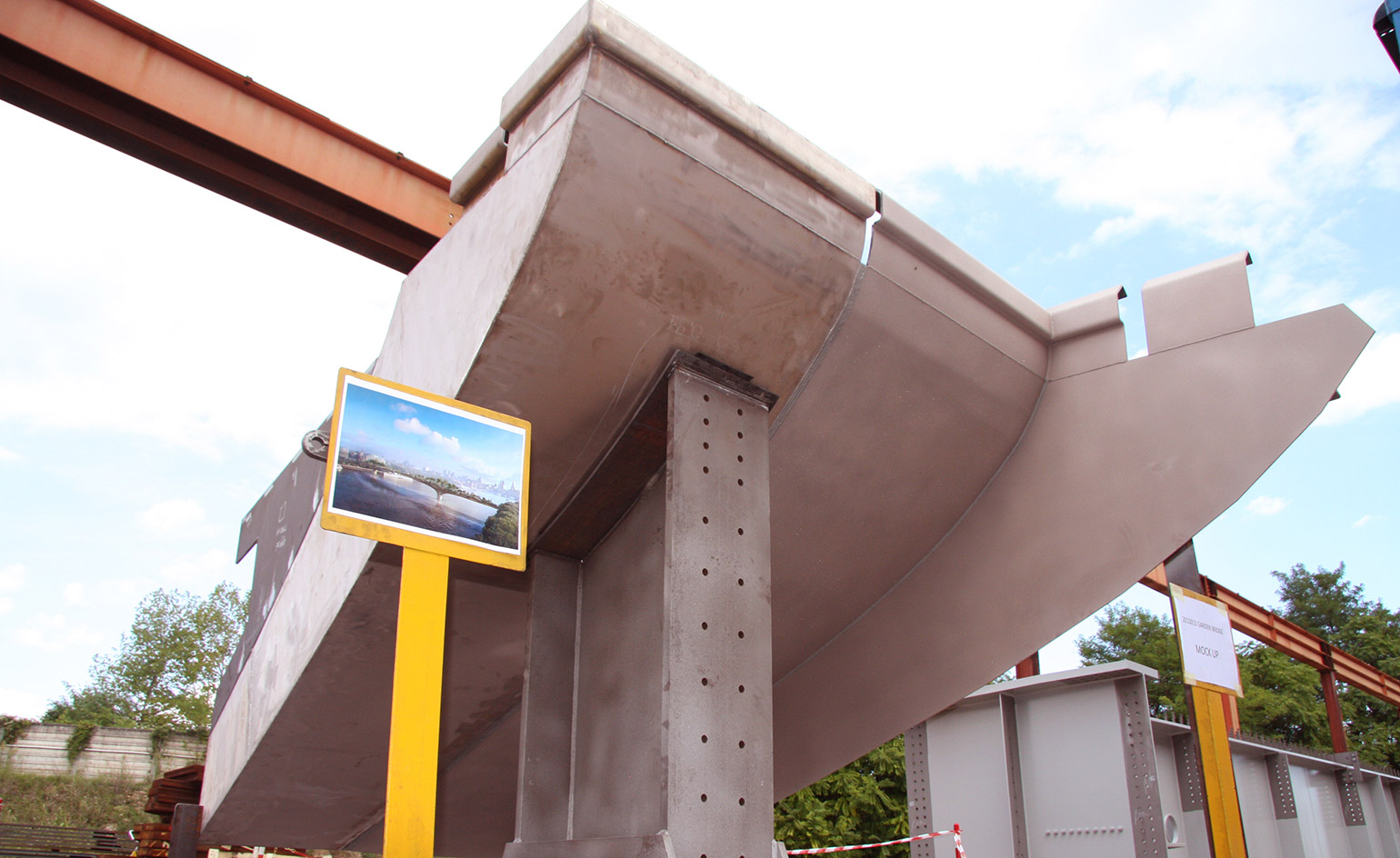
...and Cimolai (near Venice, Italy, pictured here) to check the progress of more ongoing prototypes.
INFORMATION
For more information on Heatherwick Studio visit the website
Receive our daily digest of inspiration, escapism and design stories from around the world direct to your inbox.
Jonathan Bell has written for Wallpaper* magazine since 1999, covering everything from architecture and transport design to books, tech and graphic design. He is now the magazine’s Transport and Technology Editor. Jonathan has written and edited 15 books, including Concept Car Design, 21st Century House, and The New Modern House. He is also the host of Wallpaper’s first podcast.
-
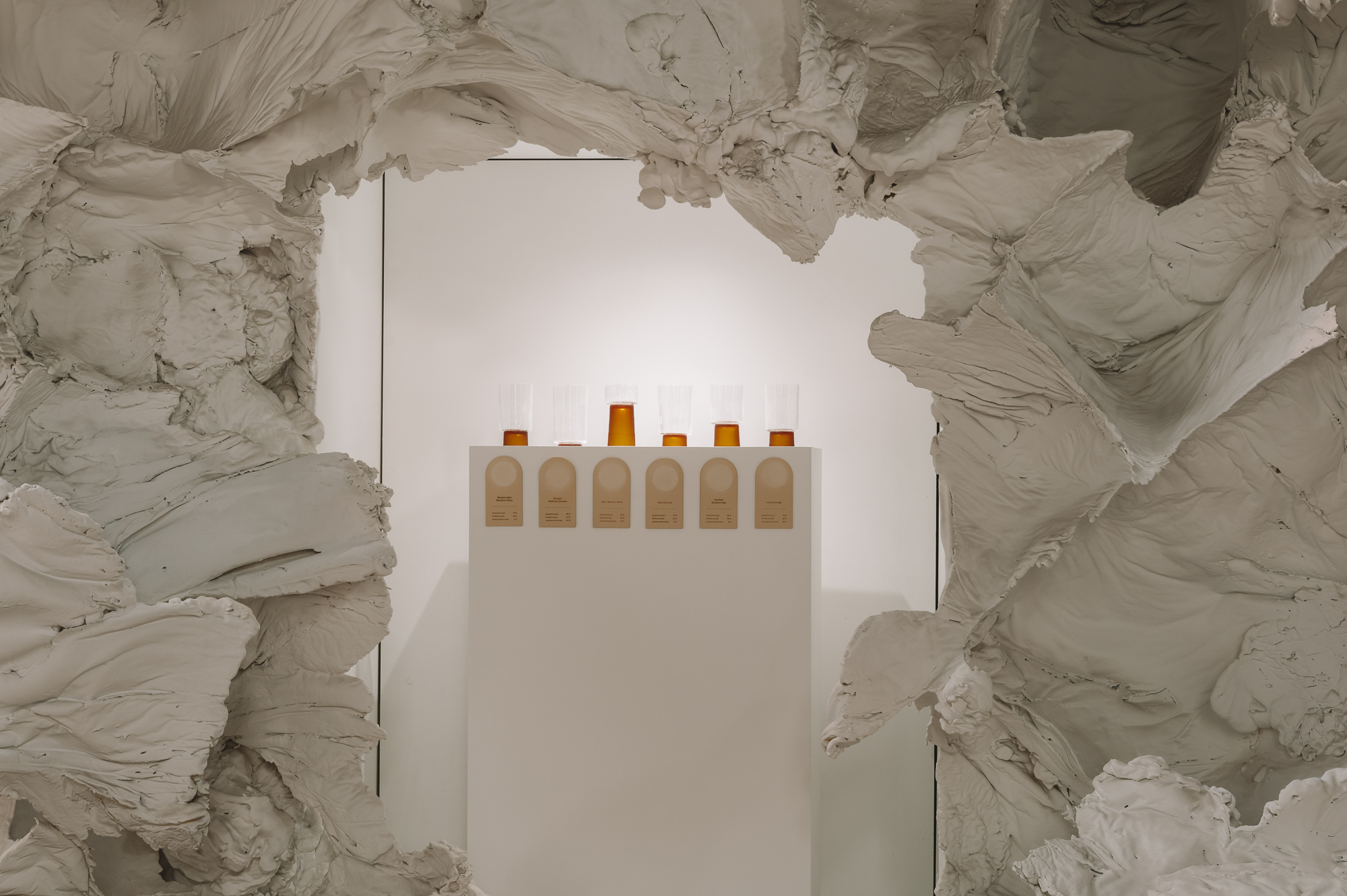 Bocci and Anna Carnick join forces on a showcase of evocative design practices in Berlin
Bocci and Anna Carnick join forces on a showcase of evocative design practices in Berlin'Crafting Community' is on view at Berlin's Wilhelm Hallen until 14 September 2025
-
 The story behind a one-of-a-kind Dieter Rams handbag, reborn by German leather brand Tsatsas
The story behind a one-of-a-kind Dieter Rams handbag, reborn by German leather brand TsatsasA new exhibition at Vitsœ’s London store celebrates the ‘931’ bag, designed by Dieter Rams for his wife Ingeborg in 1963 and reborn over half a century later in a collaboration between Rams and German leather accessories brand Tsatsas
-
 A Miami pied-à-terre channels Art Deco glamour and endless summer
A Miami pied-à-terre channels Art Deco glamour and endless summerInterior designer Olga Malyev reimagines a South of Fifth apartment with bold colour, vintage treasures and a sunlit spirit that captures Miami’s timeless allure
-
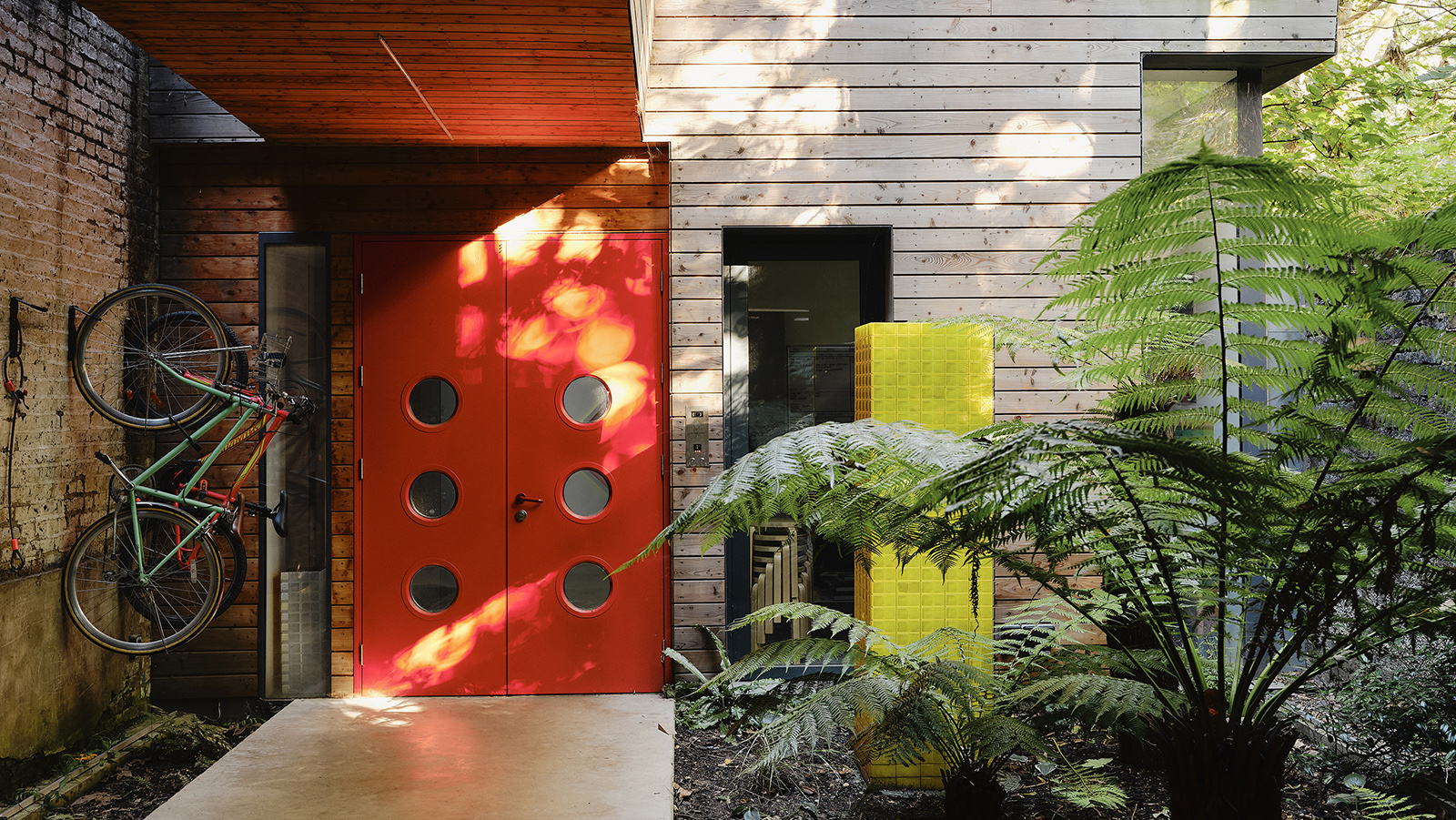 The new 2025 London Open House Festival tours to book if you love homes
The new 2025 London Open House Festival tours to book if you love homes2025 London Open House launches this weekend, running 13-21 September; here, we celebrate the newcomers in the residential realm, flagging the exciting additions to the festival's growing home tour programme
-
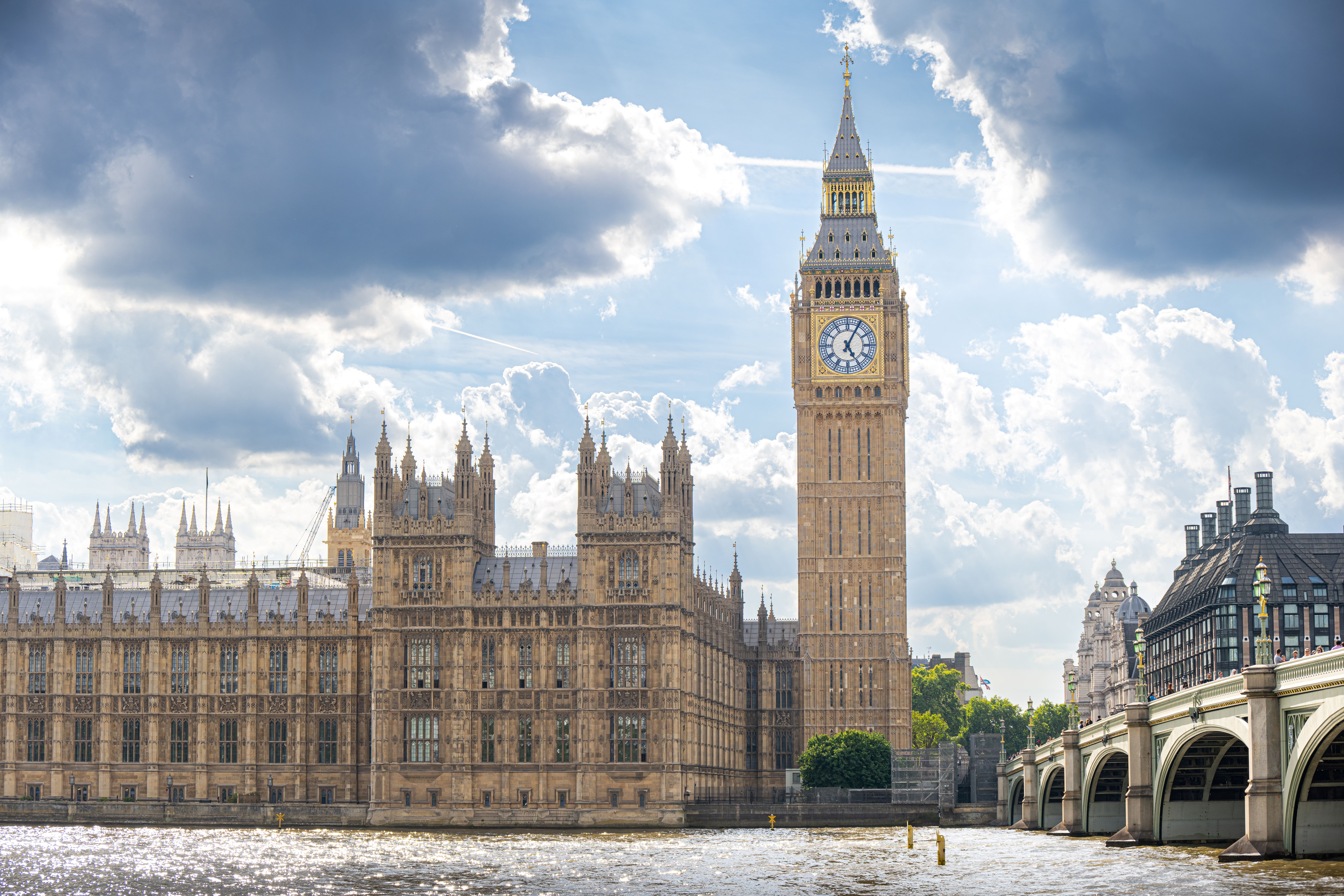 The wait is over – the RIBA Stirling Prize 2025 shortlist is here
The wait is over – the RIBA Stirling Prize 2025 shortlist is hereThe restored home of Big Ben, creative housing for different needs, and a centre for medical innovation – the RIBA Stirling Prize 2025 shortlist has just been announced, and its six entries are as diverse as they can be
-
 Slides, clouds and a box of presents: it’s the Dulwich Picture Gallery’s quirky new pavilion
Slides, clouds and a box of presents: it’s the Dulwich Picture Gallery’s quirky new pavilionAt the Dulwich Picture Gallery in south London, ArtPlay Pavilion by Carmody Groarke and a rich Sculpture Garden open, fusing culture and fun for young audiences
-
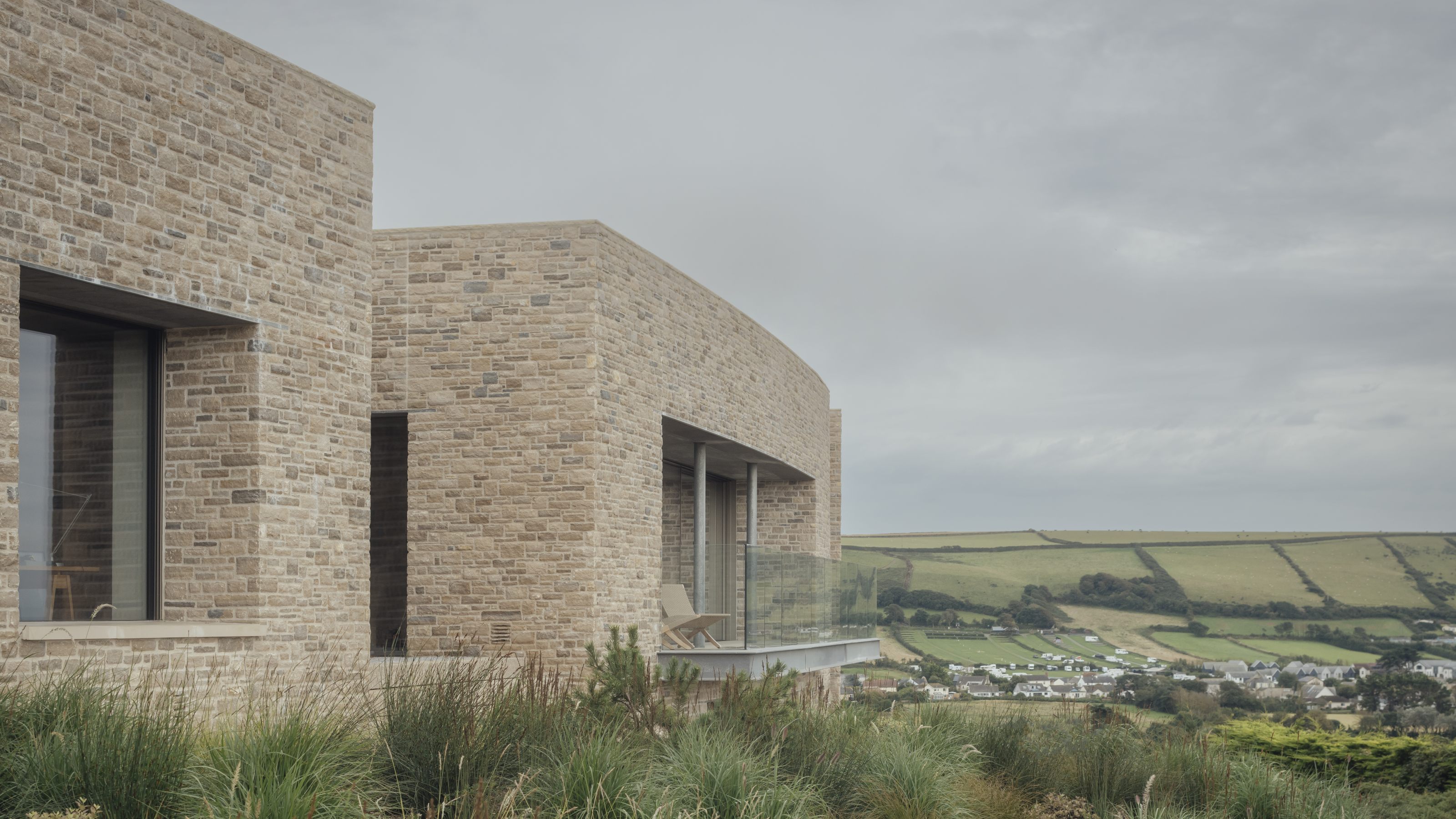 Bay House brings restrained modern forms and low-energy design to the Devon coast
Bay House brings restrained modern forms and low-energy design to the Devon coastA house with heart, McLean Quinlan’s Bay House is a sizeable seaside property that works with the landscape to mitigate impact and maximise views of the sea
-
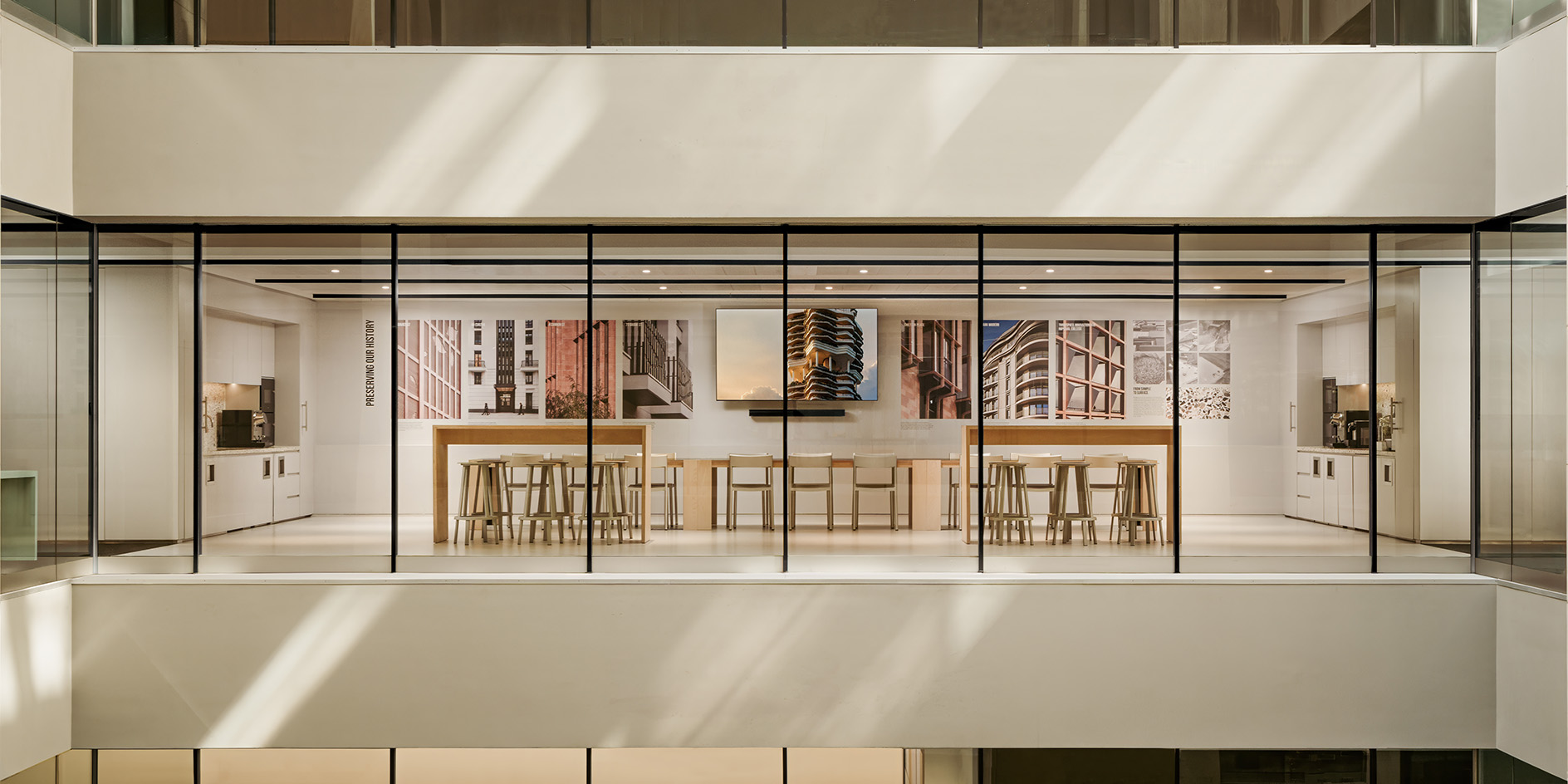 A whopping 92% of this slick London office fit-out came from reused materials
A whopping 92% of this slick London office fit-out came from reused materialsCould PLP Architecture's new workspace provide a new model for circularity?
-
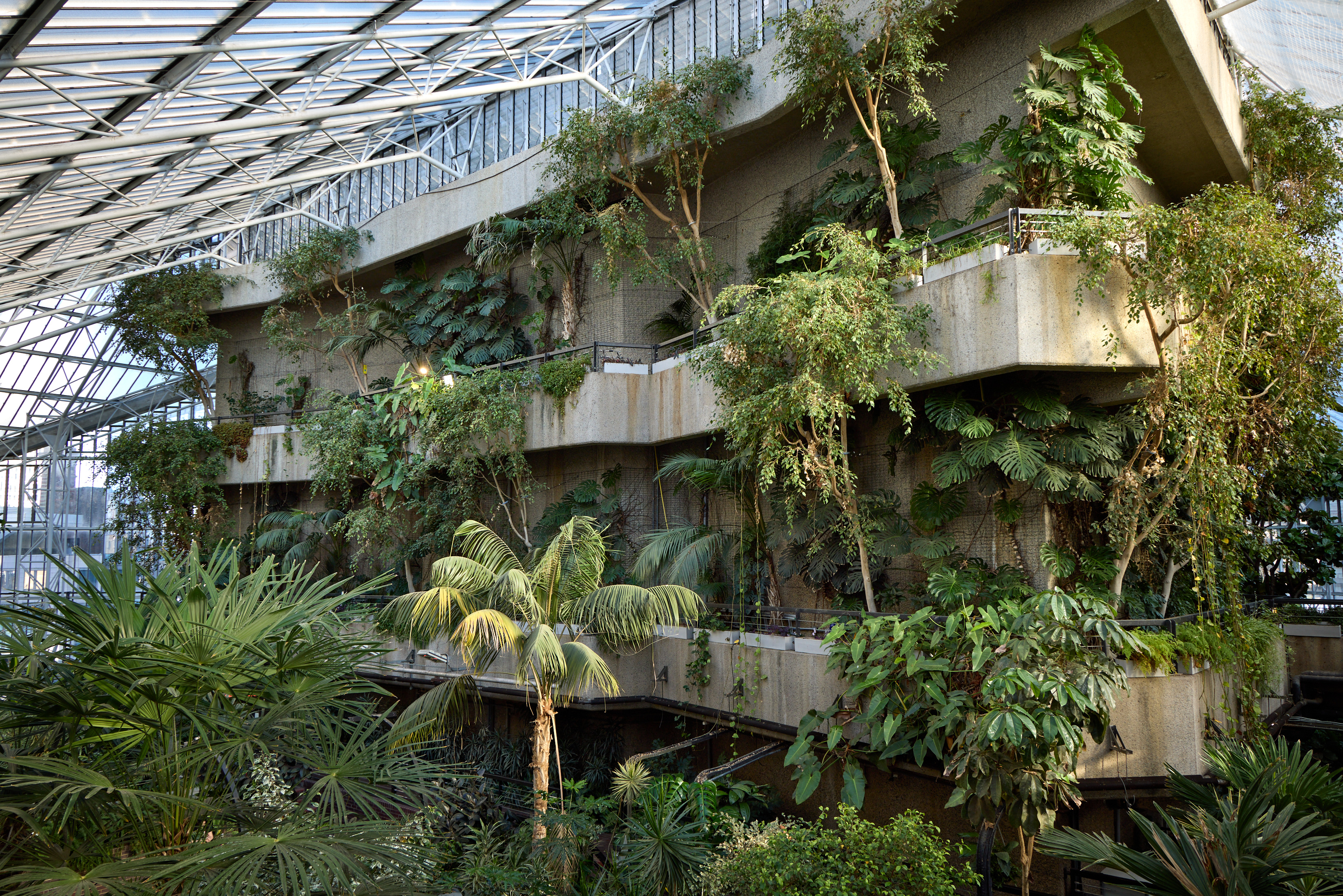 Meet the landscape studio reviving the eco-brutalist Barbican Conservatory
Meet the landscape studio reviving the eco-brutalist Barbican ConservatoryLondon-based Harris Bugg Studio is working on refreshing the Barbican Conservatory as part of the brutalist icon's ongoing renewal; we meet the landscape designers to find out more
-
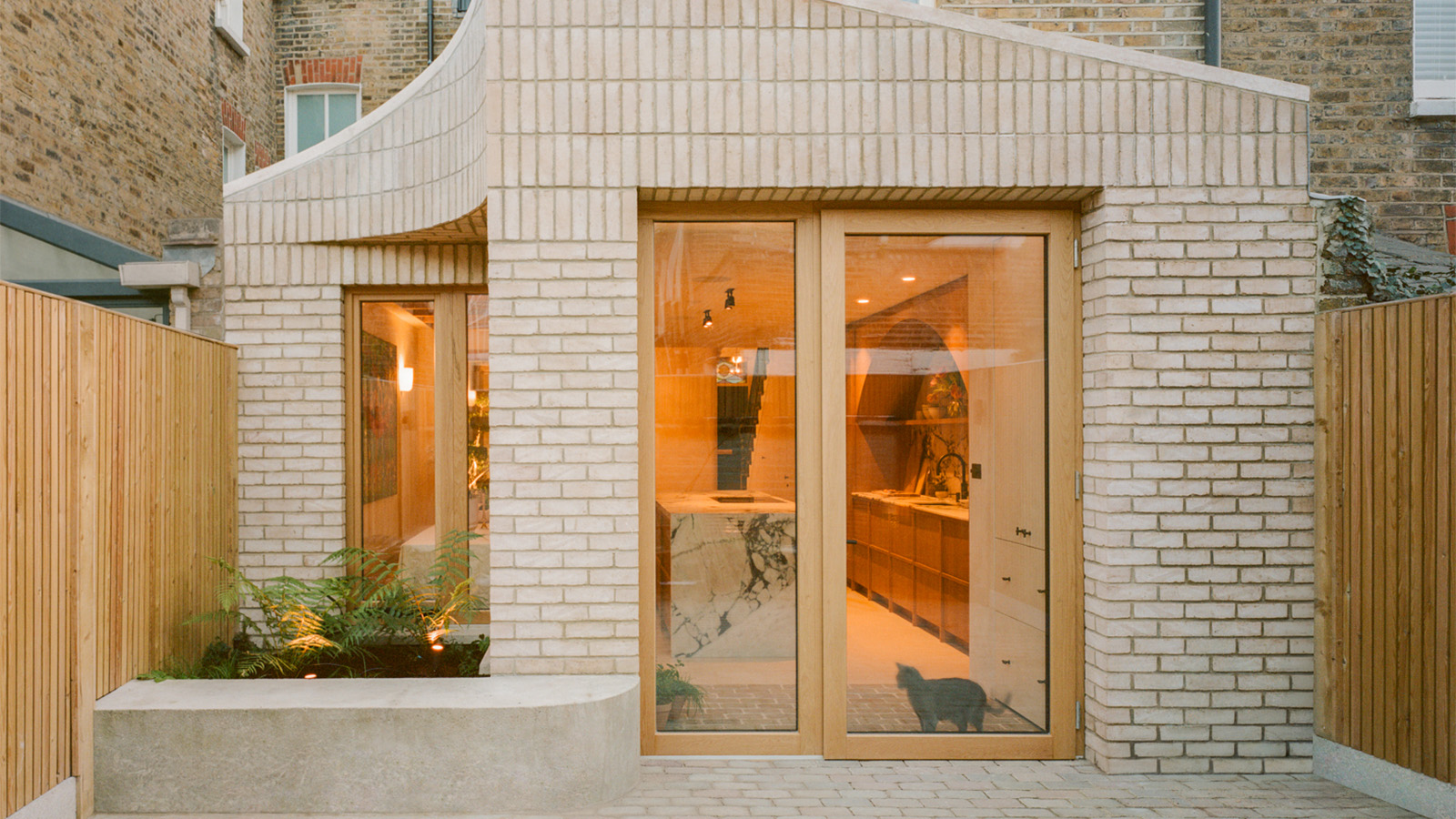 A refreshed Victorian home in London is soft, elegant and primed for hosting
A refreshed Victorian home in London is soft, elegant and primed for hostingSobremesa house by architects Studio McW shows off its renovation and extension, designed for entertaining
-
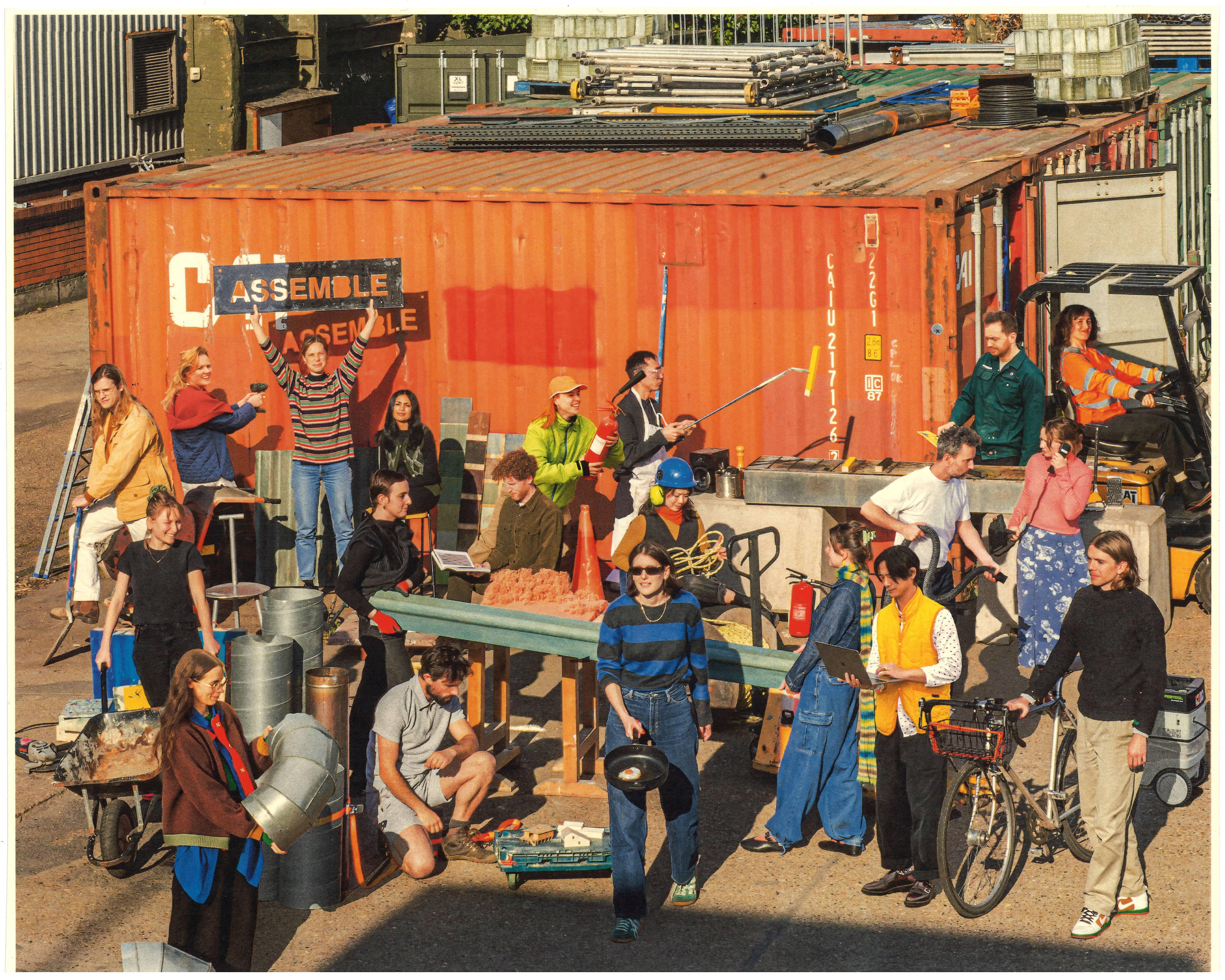 15 years of Assemble, the community-driven British architecture collective
15 years of Assemble, the community-driven British architecture collectiveRich in information and visuals, 'Assemble: Building Collective' is a new book celebrating the Turner Prize-winning architecture collective, its community-driven hits and its challenges